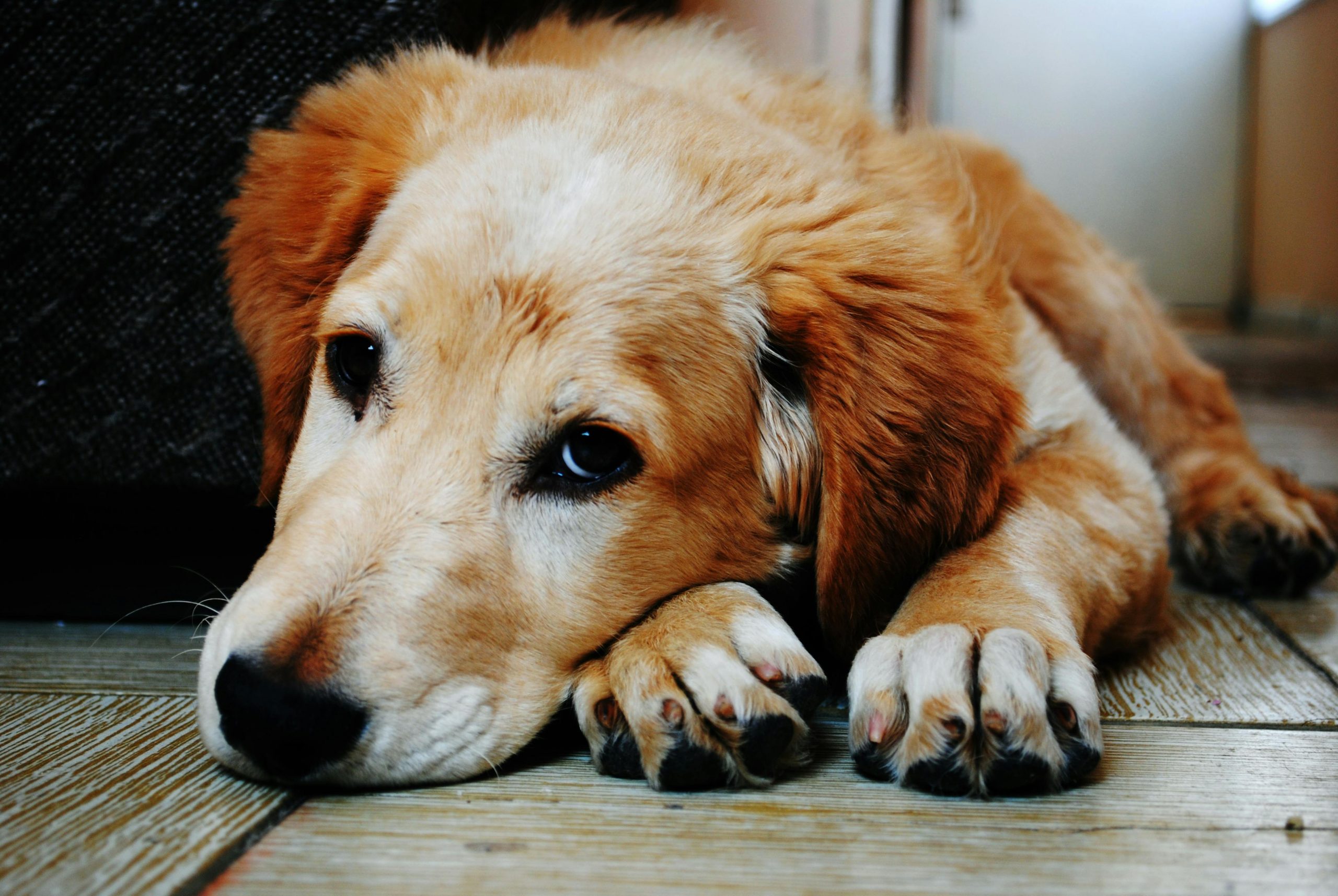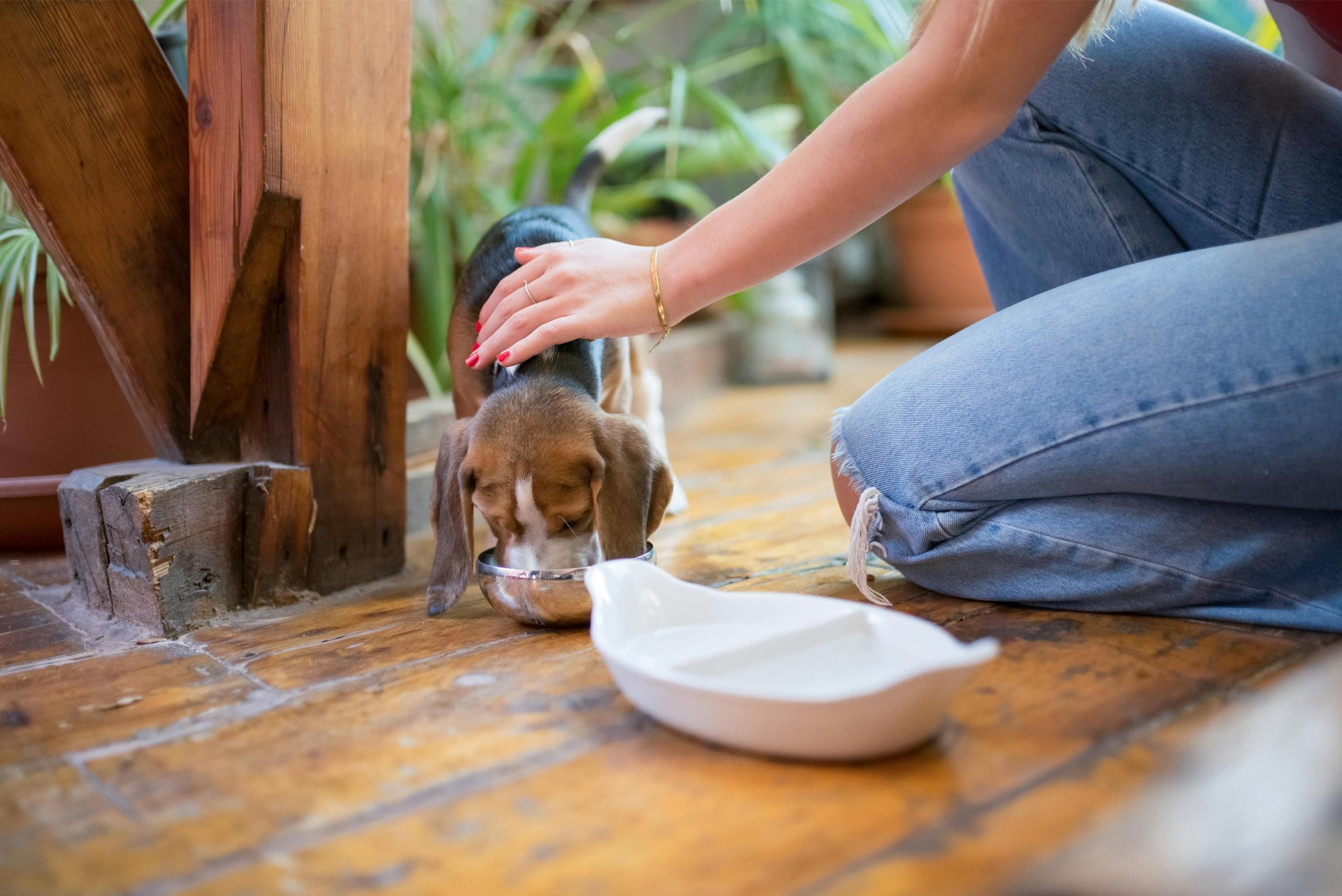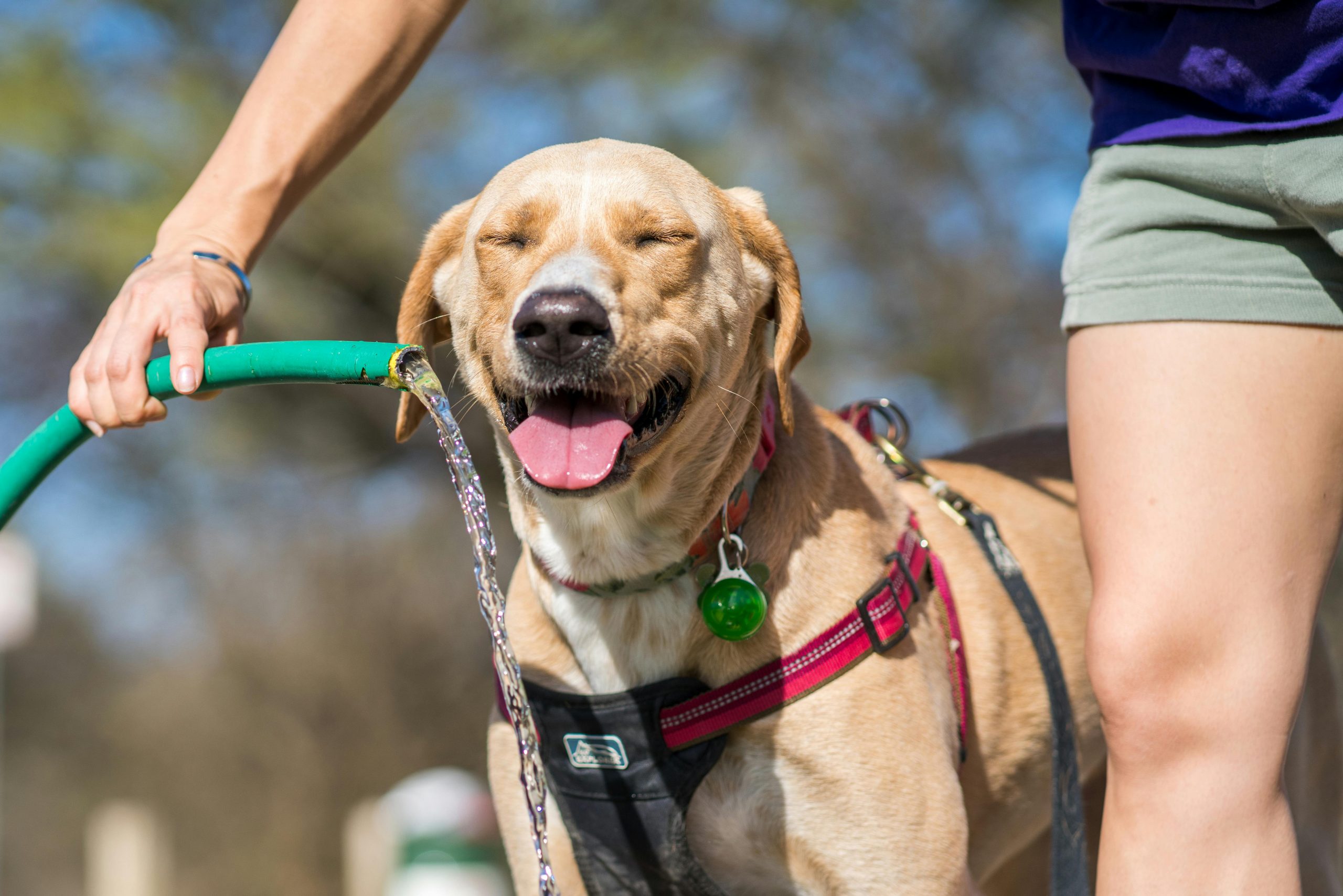
Water is essential for your dog’s health. Just like people, dogs need water to keep their bodies working well — for digestion, temperature control, and overall energy. But what happens if your dog is not drinking water? This can worry any dog owner because dehydration can quickly lead to serious health problems.
In this article, we’ll explore why dogs might stop drinking water, signs to watch for, and practical steps you can take to encourage your dog to drink again. We’ll also touch on when to see a vet and how some health issues might cause changes in your dog’s drinking habits.
Why Is My Dog Not Drinking Water?

When your dog refuses to drink water, it can be worrying. There are many reasons why a dog might avoid water, and these can range from simple and harmless to more serious health concerns. Understanding these causes can help you decide when to be concerned and when to seek help from your vet.
Here are some common reasons why your dog might not be drinking water:
- Illness or Pain
When dogs feel sick or are in pain, they often lose interest in drinking water. This could be due to nausea, infections, or discomfort caused by illness. If your dog is experiencing mouth sores, digestive upset, or general weakness, drinking water might be uncomfortable or unappealing. Sometimes, dogs with fever or infections will also reduce their water intake because they just don’t feel well.
- Dental Problems
Pain in the teeth, gums, or other parts of the mouth can make drinking water painful for dogs. Conditions like gum disease, tooth decay, or oral infections cause discomfort that can lead to refusal to drink. Signs to watch for include bad breath, swollen or bleeding gums, and difficulty chewing. If your dog shows any of these signs, dental issues may be the cause of reduced water intake.
- Stress or Anxiety
Dogs can get stressed by changes in their environment or routine. Moving to a new home, loud noises such as fireworks or thunderstorms, or new people and pets can cause anxiety. When stressed, dogs might temporarily stop drinking water as part of their reaction. This usually improves once your dog feels more comfortable and settled.
- Unfamiliar Water or Bowls
Dogs can be picky about the water they drink. If you recently changed their water source, such as switching from filtered to tap water, your dog might not like the taste. Some dogs dislike metal or plastic bowls and may prefer ceramic or glass. Dirty water bowls or standing water can also discourage drinking, as dogs prefer fresh, clean water.
- Temperature Effects
Weather and temperature play a role in how much water dogs drink. In cold weather, dogs may feel less thirsty, especially if they are less active and spending more time indoors. It’s normal for water intake to drop during cooler months. Conversely, dogs often drink more in hot weather to stay hydrated.
- Change in Routine or Environment
Traveling, being boarded, or visiting a new place can disrupt a dog’s usual habits, including drinking water. Dogs thrive on routine, so changes in schedule, feeding times, or surroundings can affect their desire to drink. Some dogs may refuse water temporarily until they adjust to their new situation.
Signs Your Dog Might Be Dehydrated
If your dog is not drinking enough water, dehydration can set in. Here are some signs to watch for:
- Dry or sticky gums
- Sunken eyes
- Loss of skin elasticity (skin stays tented when gently pinched)
- Lethargy or weakness
- Loss of appetite
- Panting or rapid breathing
- Dark yellow or strong-smelling urine
- Depression or irritability
Dehydration is serious and can worsen quickly. If you notice any of these symptoms, contact your vet right away.
How Much Water Should My Dog Drink?

A healthy dog typically drinks about 1 ounce of water per pound of body weight daily. For example, a 40-pound dog should drink around 40 ounces (about 5 cups) of water a day. However, this varies depending on factors like activity, weather, diet, and health conditions.
If your dog is eating dry kibble, they might need more water than a dog eating wet food, which contains more moisture. Puppies, nursing dogs, and very active dogs may also drink more water.
How to Encourage Your Dog to Drink More Water
If your dog is not drinking enough water, there are some simple ways to encourage them:
1. Fresh, Clean Water
Change your dog’s water frequently to keep it fresh and cool. Wash the water bowl daily to avoid buildup of bacteria or slime.
2. Different Bowls or Locations
Try using a different bowl material like stainless steel or ceramic if your dog doesn’t like plastic. Also, place water bowls in quiet, easily accessible spots.
3. Add Flavor
Adding a little low-sodium chicken broth or a splash of tuna juice can make water more tempting.
4. Wet Food or Ice Cubes
Mix wet dog food into their diet or add water to dry kibble. Giving ice cubes as treats can also encourage hydration.
5. Multiple Water Stations
Place water bowls in several places around the house to make drinking more convenient.
When to See the Vet
If your dog refuses water for more than 24 hours or shows signs of dehydration, it’s time to see your veterinarian. Your vet can perform a physical exam and run tests to determine if there’s an underlying health problem.
Health issues that can cause decreased water intake include:
- Kidney disease
- Urinary tract infections
- Diabetes
- Gastrointestinal problems
- Oral infections or dental disease
- Heatstroke
Your vet may also ask about other symptoms and your dog’s behavior to help diagnose the problem.
Can a Dog Drinking a Lot of Water and One Not Drinking Water Be Related?
Changes in your dog’s water drinking habits can vary widely. While some dogs might drink less water than usual, others may suddenly be dogs drinking a lot of water. Both changes can indicate different health concerns.
For instance, drinking a lot of water could signal conditions like diabetes or kidney issues. On the other hand, drinking very little might point to pain, dental problems, or nausea. If you notice your dog’s water intake changing significantly, it’s always best to talk to your veterinarian. They can help determine the cause and recommend the right steps to keep your dog healthy and hydrated.
Preventing Water Intake Problems in Dogs
The best way to avoid problems with your dog’s water intake is to maintain a healthy routine:
- Keep fresh water available at all times.
- Clean food and water bowls regularly.
- Offer a balanced diet suited to your dog’s needs.
- Provide regular exercise and a calm environment.
- Schedule regular vet checkups to catch health issues early.
Summary
Dogs not drinking water can be a serious issue or just a temporary problem. It’s important to know why your dog might be refusing water, watch for signs of dehydration, and encourage hydration in gentle ways. Always consult your vet if you notice persistent changes in your dog’s water intake or behavior.
Your dog’s health depends on proper hydration, so being proactive can help keep your furry friend happy and healthy.
